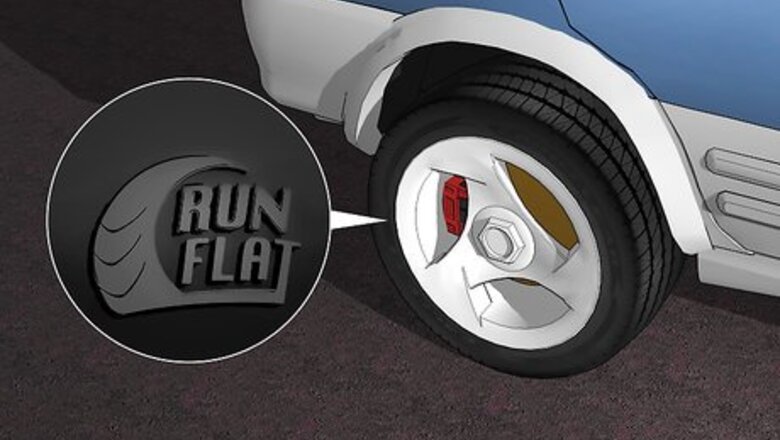
views
Checking Your Tires
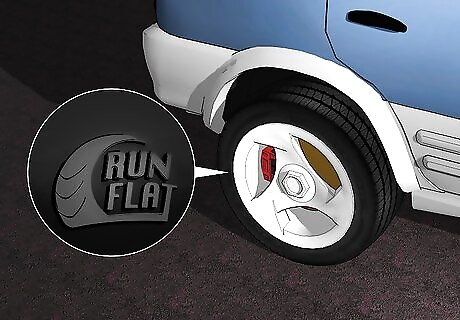
Find the words “Run Flat” on your tires. Some tire brands that make run-flat tires simply label the tire as run flat, making it easier on the car owner. Pirelli tires is one brand that does this. Simply look for the words “Run Flat” on the side of your tire, usually near other manufacturer information and numbers.
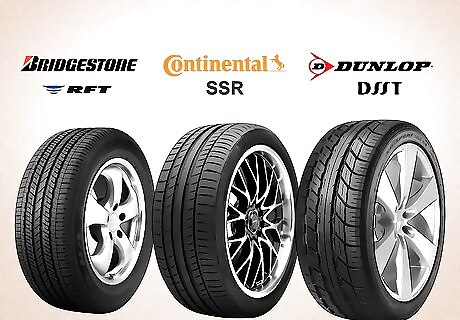
Look for the codes RFT, SSR, or DSST on your tires. Bridgestone sometimes uses the code RFT (Run Flat Tire) on their tires to designate a run-flat tire. Continental uses the code SSR (Self Supporting Run flat), and Dunlop sometimes uses DSST (Dunlop Self Supporting Tire). Look for these codes on the sides of your tires near the other numbers and manufacturer information.
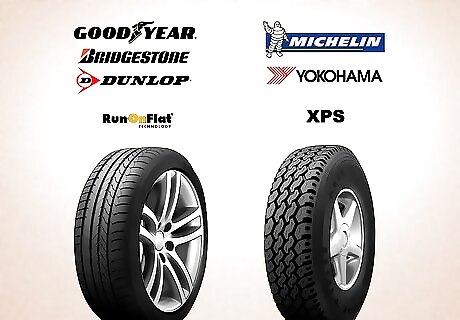
Look for the codes ROF, EMT, or ZP on your tires. Several tire brands use the code ROF (Run On Flat) on their run-flat tires, including Goodyear, Bridgestone, and Dunlop. Goodyear also uses EMT (Extended Mobility Technology) to designate run-flat tires. A few brands use ZP or ZPS (Zero Pressure or Zero Pressure System) on their run-flat tires, including Michelin and Yokohama. Look for any of these codes on the sides of your tires near the manufacturer information. Hans B. Pacejka Hans B. Pacejka, Vehicle Dynamics Expert Run-flat tires are a big step forward for car safety. They let drivers keep control and get somewhere safe even after a flat. To know if your car has them, check the tires for certain markings like "RFT" (Run-Flat Tire), "SSR" (Self-Supporting Run-flat), or a symbol showing a tire with an exclamation point. These labels, found on the tire sidewall, mean it can run even when totally deflated. So they give an important safety net when you're driving.
Looking at a Car with Original Tires
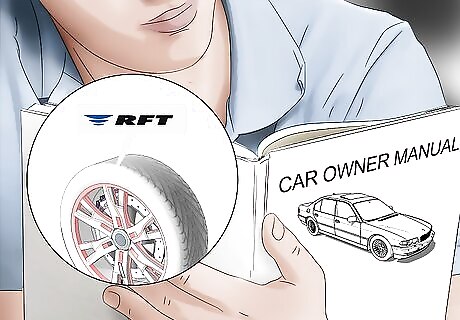
Check your car owner’s manual. The most direct way to find out if you have run-flat tires is to check your owner’s manual. If your car still has its original tires and they are run-flat, the owner’s manual will explain everything you need to know about your run-flat tires and the TPMS (Tire Pressure Monitoring System).
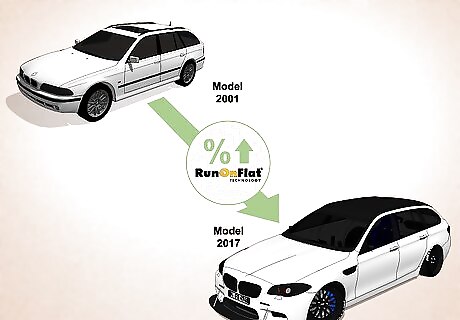
Look for run-flat tires on newer cars made by specific companies. Run-flat tires started coming onto the new car market in the early 2000s. The newer your car is, the higher the chances are that it came with run-flat tires. Specific car companies more commonly use run-flat tires on their new cars, especially BMW and Lexus. Toyota puts run flat-tires on some of their coupes and sedans. If you have one of these types of cars with original tires on it, it’s possible that you have run-flat tires. BMW cars are by far the most common car where you will find run-flat tires. If you have a newer BMW, chances are high that you have run-flat tires.
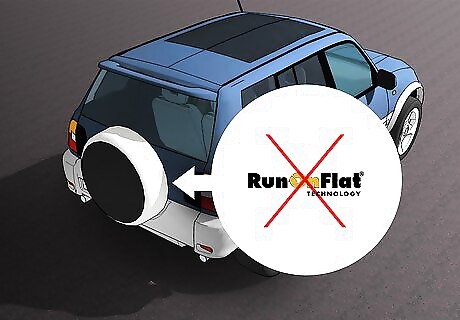
See if your car comes with a spare tire or not. A car with original run-flat tires on it will not come with a spare tire in the trunk. If your car comes with a tire repair kit in the trunk instead of a spare tire, it’s possible that you have run-flat tires. If you’re still not sure, ask the dealer or check in your owner’s manual to find out.
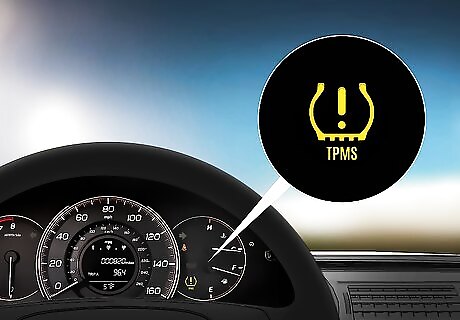
Look at the driver’s side dashboard for a tire pressure warning light. Cars fitted with run-flat tires also have a Tire Pressure Monitoring System, which monitors the air pressure in the tires. If your air pressure is low, a light will come on that alerts you about the low pressure. Your owner’s manual will explain where to look for this warning and what to do if it lights up.

















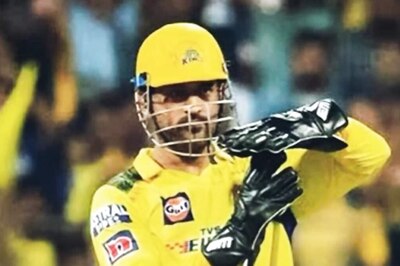
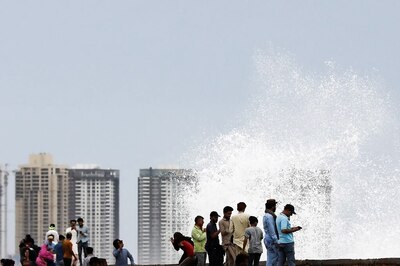

Comments
0 comment